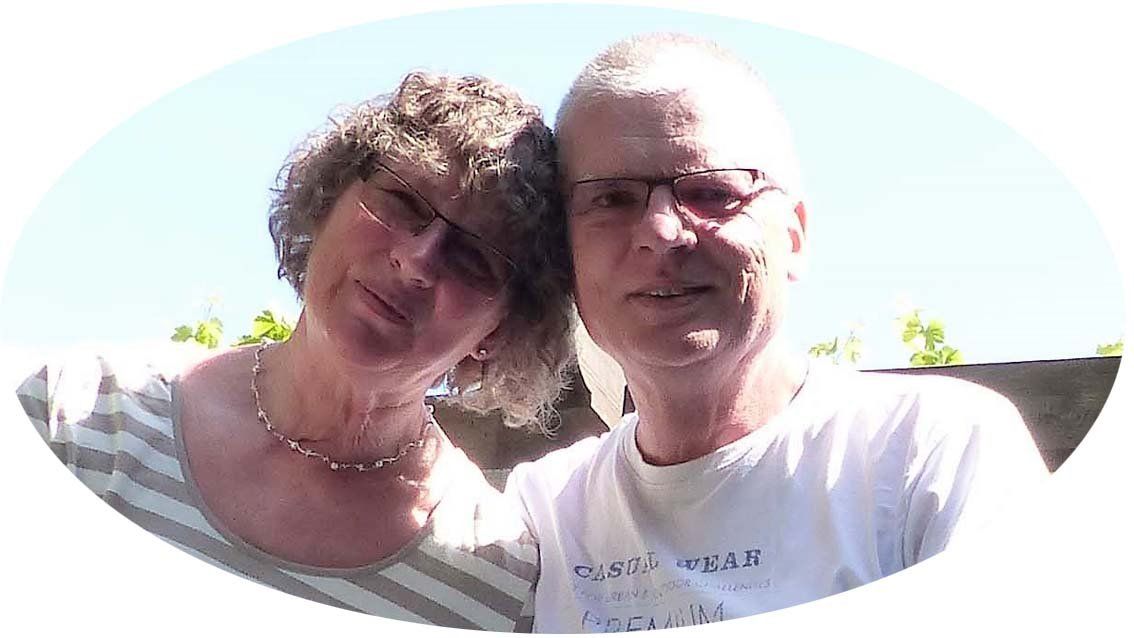During the train journeys from Zwickau to Dresden during these stays I saw the steam trains of the Weißeritztalbahn in Freital-Hainsberg, but I never went there in GDR times.
Narrow Gauge Steam Trains of Deutschen Reichsbahn 1975 bis 1979
My first trip to the GDR led me to our relatives in Wilkau-Haßlau and the surrounding area in the summer of 1974. At the age of 15 years my visa entries were still made in my parents' passport.
The first narrow gauge contact was rather a flop:
From the bridge over the station Wilkau-Haßlau the tracks of the narrow gauge railway in direction Kirchberg were still visible. But if you're late, you won't see any narrow gauge trains there. Unfortunately, operations had already been discontinued a year earlier.
Also the second visual contact was not really used:
But later I went by train and sometimes by car to take pictures.
My visits were to the Lößnitz Dackel from Radebeul Ost to Radeburg, the Fichtelbergbahn from Cranzahl to Oberwiesenthal and the Preßnitztalbahn from Wolkenstein to Jöhstadt.
The Reichsbahn staff on the narrow-gauge lines were much more open-minded than their colleagues from the "big railroad" with regard to photographing railway facilities and further concessions.
The Lößnitz Dackel:
For the journey from Wilkau-Haßlau to the Lößnitzgrundbahn I used the big Reichsbahn. From Zwickau Hbf to Dresden Hbf the D 961 was probably the most used one. This train arrived in Dresden at about 8 o'clock a.m. and there was enough time to continue with a passenger train to Radebeul Ost.
The Fichtelbergbahn:
The journey from Wilkau-Haßlau to Oberwiesenthal took place on 15. 08. 1977 by car.
The Preßnitztalbahn:
Also by car we went in August 1977 and in April 1979 to Wolkenstein & Co.
During the first tour in 1977 on the narrow roads towards the Erzgebirge I was a little bit surprised at the beginning about the serpentine driving of the few local vehicles in front of me. Keeping correctly to the right-hand driving law as a novice driver, I understood the reason for the local driving style after first impression giving pothole contacts. I also drove evasive afterwards, looking ahead.
As an "Edge-Ruhrpottjunge" I was not quite familiar with the local dialect. Since the internet search was not available at that time, I stopped on the way to ask for a place to eat as close as possible. The route description contained the instruction "am Kiehlschrank rechts", which was incomprehensible for me. This only became clear when I approached one of the refrigerator production facilities in the Erzgebirge Mountains, which was unexpectedly for me. So, turn right at the refrigerator plant, of course.
Klaus was filming with Super 8 at that time. After a short chat with the staff I continued my journey alone with my car. Klaus was allowed to ride in the luggage car and film from it.
During the visit in the locomotive shed in Jöhstadt we continued to talk to the staff and dusted off two engine driver or heater caps. As far as I can remember, the transport of Klaus in the luggage car and the delivery of the caps was paid in CAMEL-currency.
Unfortunately there is no normal passenger traffic let alone freight traffic on most of these routes. While the first trains on the narrow-gauge lines were running before 5 a. m. on weekdays, today railway tourists can sleep in, have a quiet breakfast and board the first trains after 9 a. m. Only on the Lößnitzdackel can the early riser on school days make a round trip to Radeburg from Radebeul Ost at quarter past five in the morning and be back in time for breakfast at quarter past seven.
Fortunately, the majority of these railways will still be able to travel by steam in 2020!























